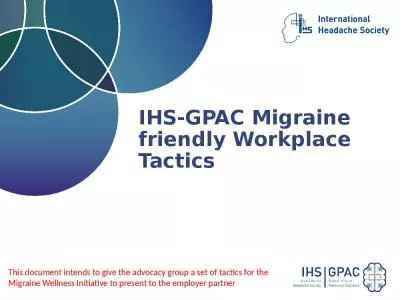PPT-Workplace Detox: 10 Strategies for Managing Malcontents and Toxic Employees
Author : celsa-spraggs | Published Date : 2019-11-23
Workplace Detox 10 Strategies for Managing Malcontents and Toxic Employees Presented by Raven R Applebaum ravenapplebaumogletreecom 2018 Ogletree Deakins Nash
Presentation Embed Code
Download Presentation
Download Presentation The PPT/PDF document "Workplace Detox: 10 Strategies for Manag..." is the property of its rightful owner. Permission is granted to download and print the materials on this website for personal, non-commercial use only, and to display it on your personal computer provided you do not modify the materials and that you retain all copyright notices contained in the materials. By downloading content from our website, you accept the terms of this agreement.
Workplace Detox: 10 Strategies for Managing Malcontents and Toxic Employees: Transcript
Download Rules Of Document
"Workplace Detox: 10 Strategies for Managing Malcontents and Toxic Employees"The content belongs to its owner. You may download and print it for personal use, without modification, and keep all copyright notices. By downloading, you agree to these terms.
Related Documents

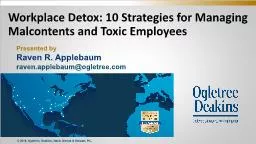
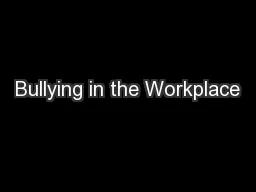

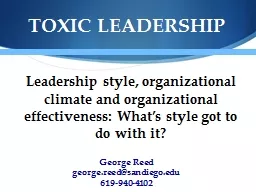
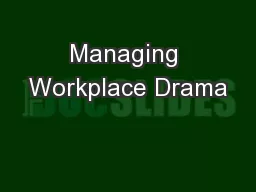
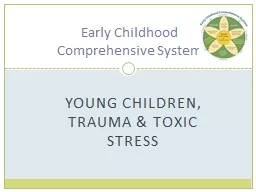
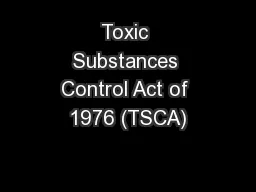
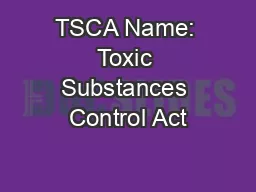

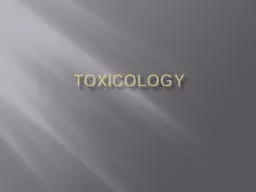
![[EBOOK] Detox Recipes: A How-To Detox Book on Using the Detox Diet for Maximum Detoxification](https://thumbs.docslides.com/882311/ebook-detox-recipes-a-how-to-detox-book-on-using-the-detox-diet-for-maximum-detoxification-benefits.jpg)

